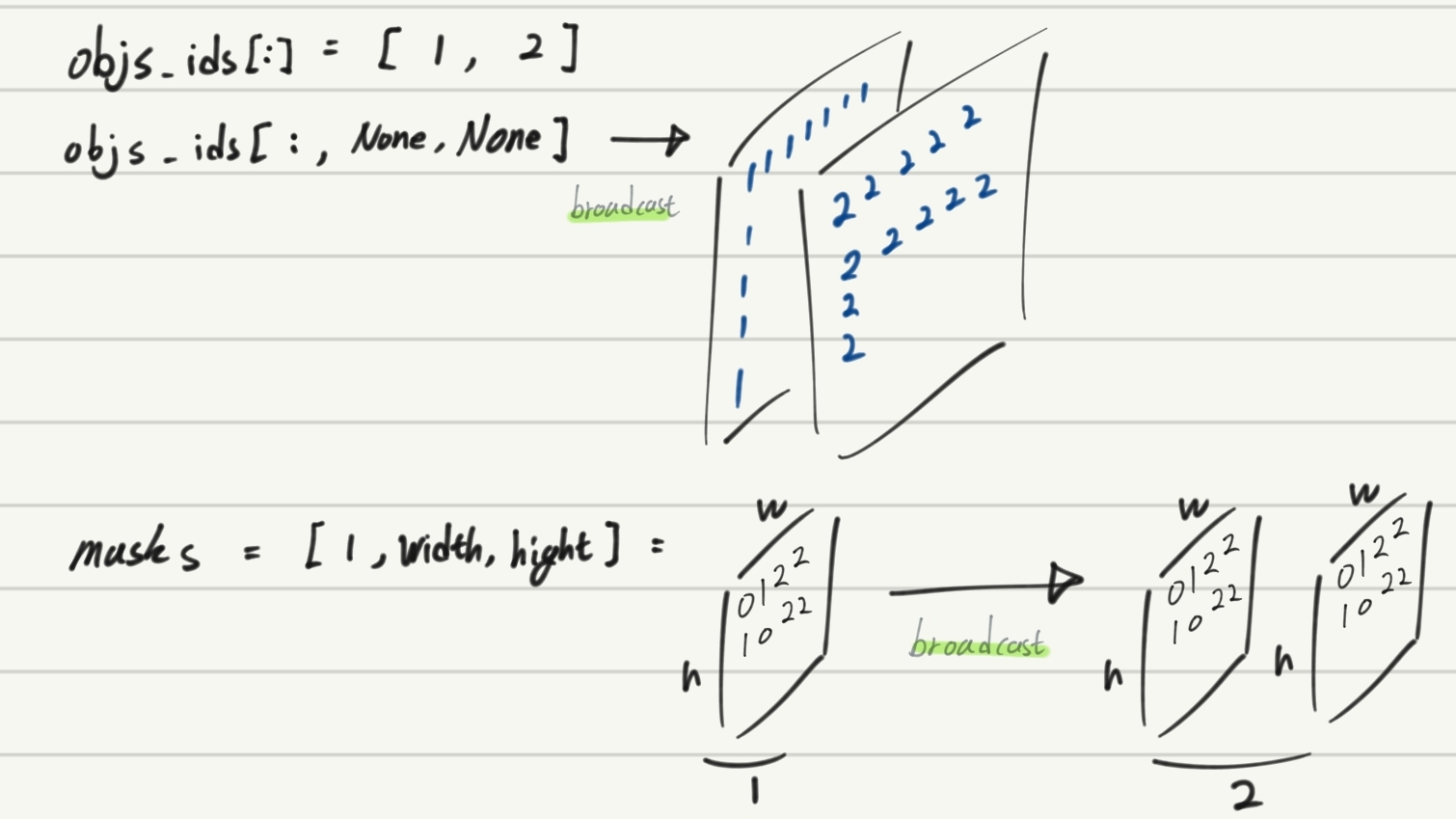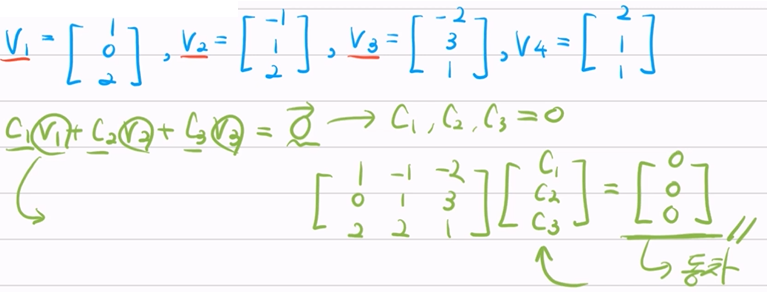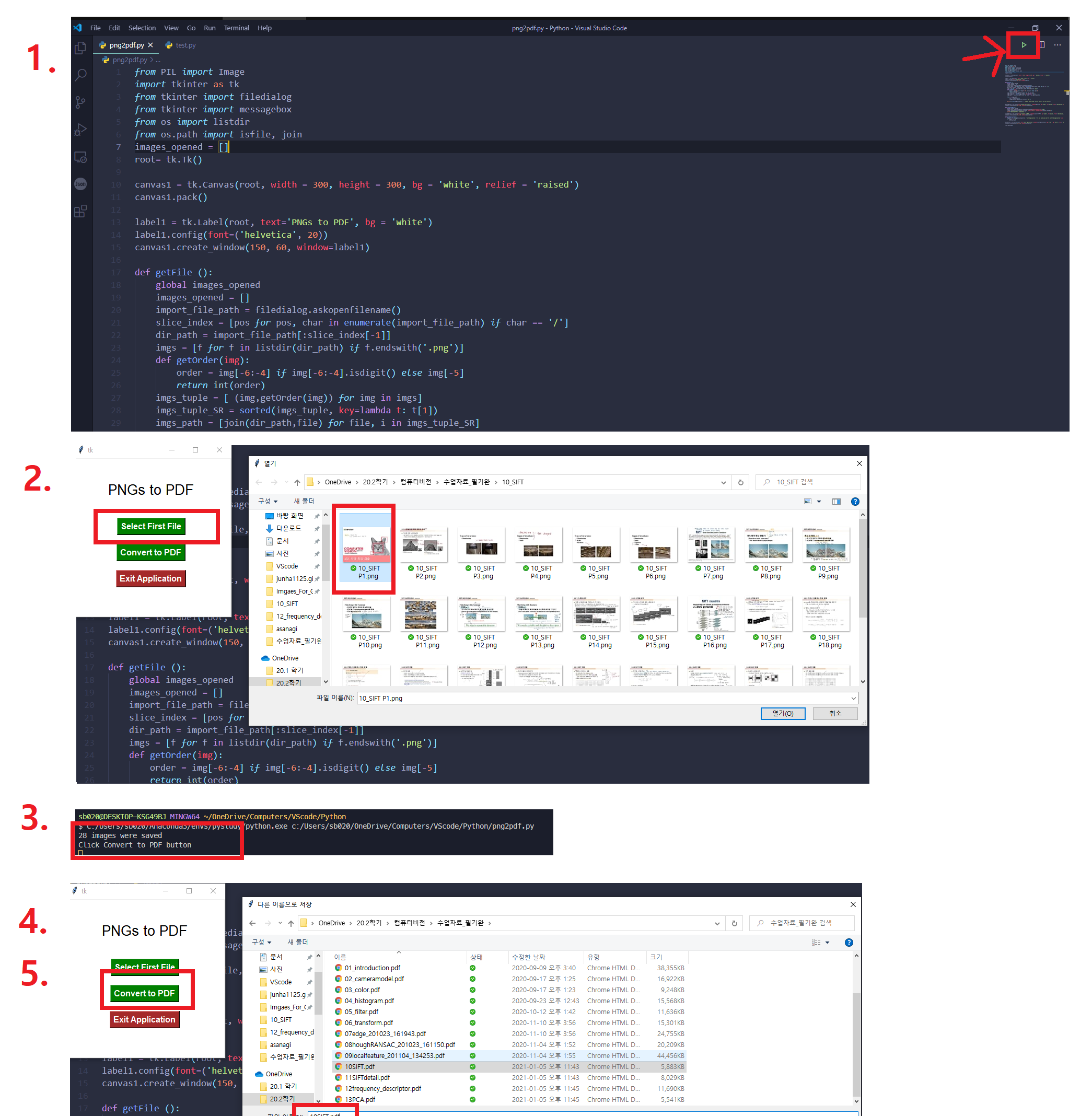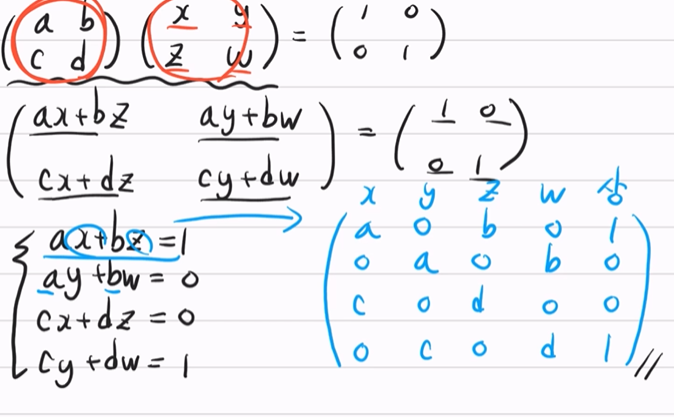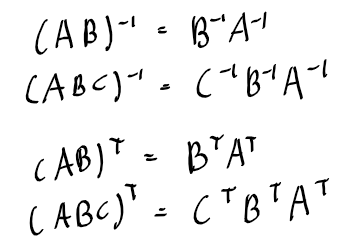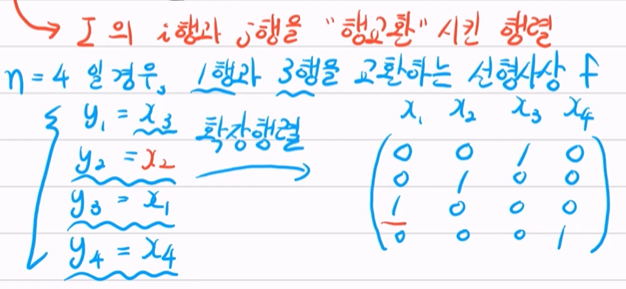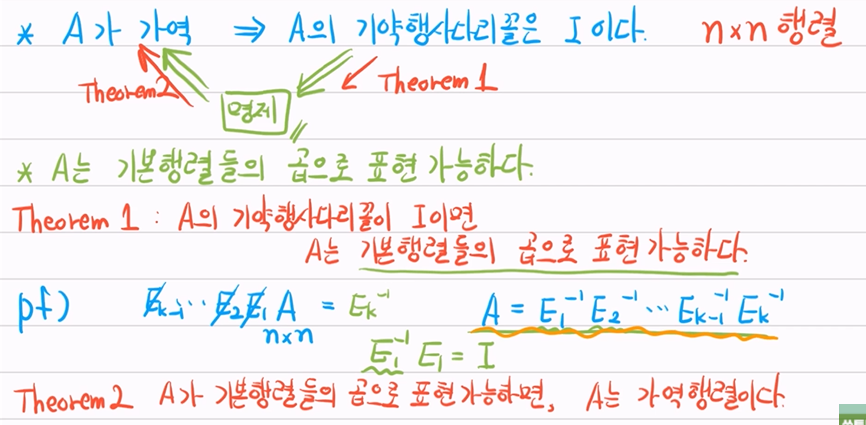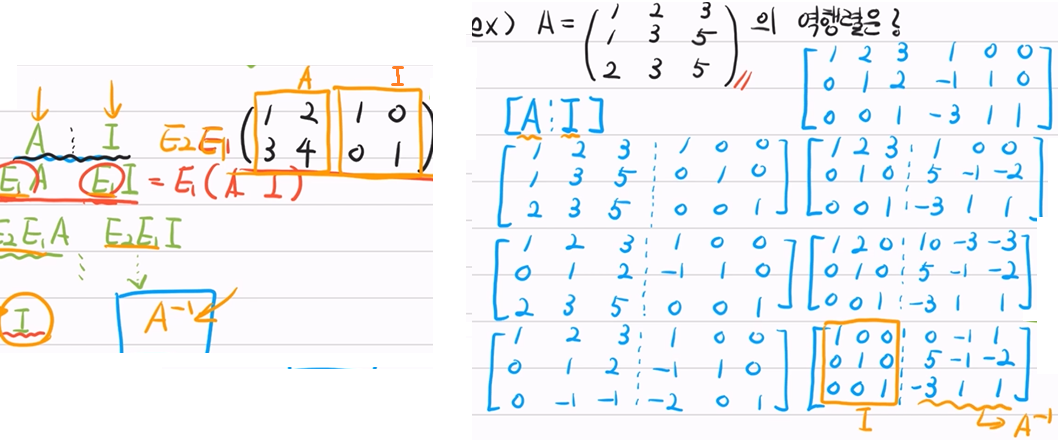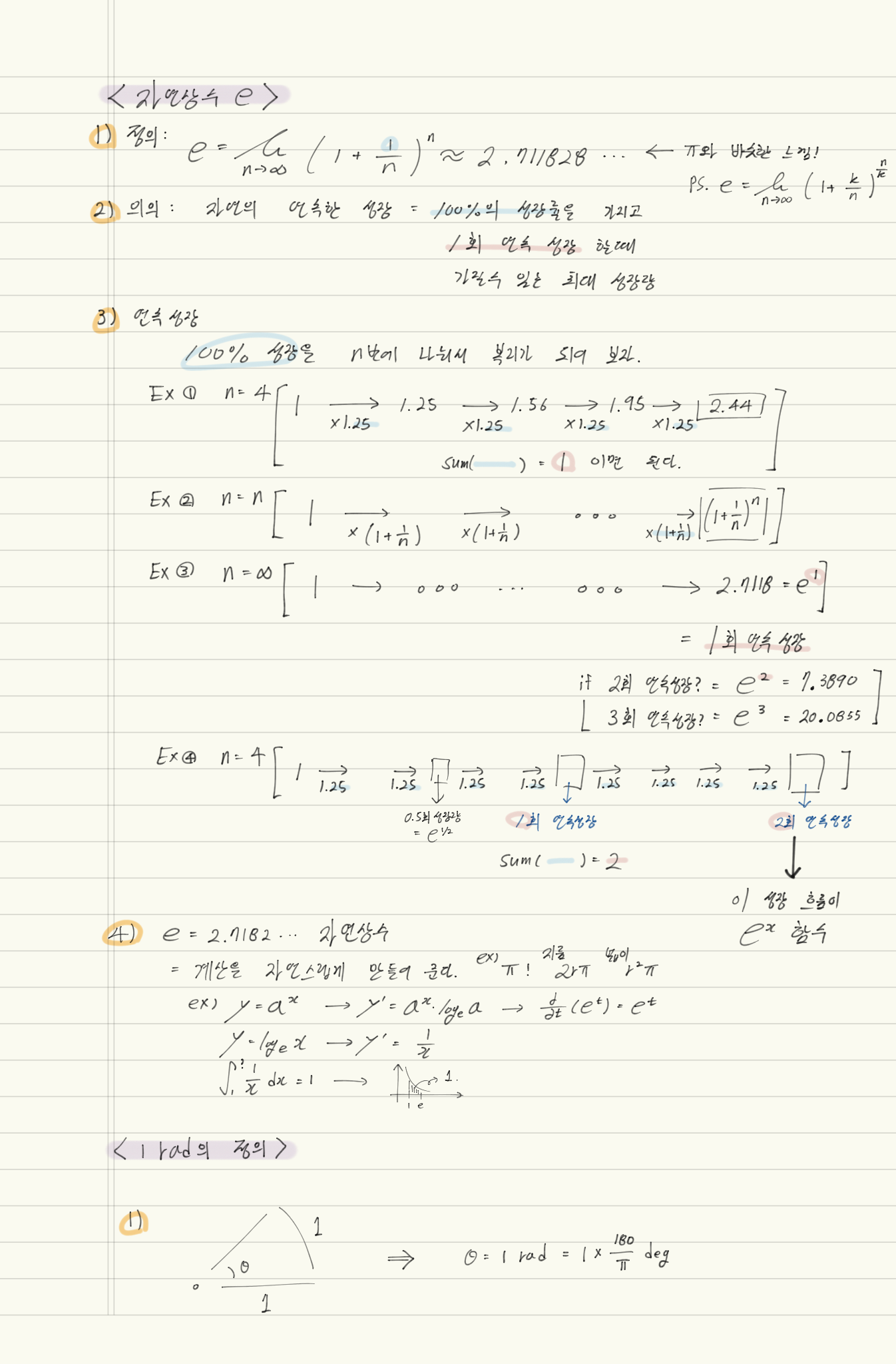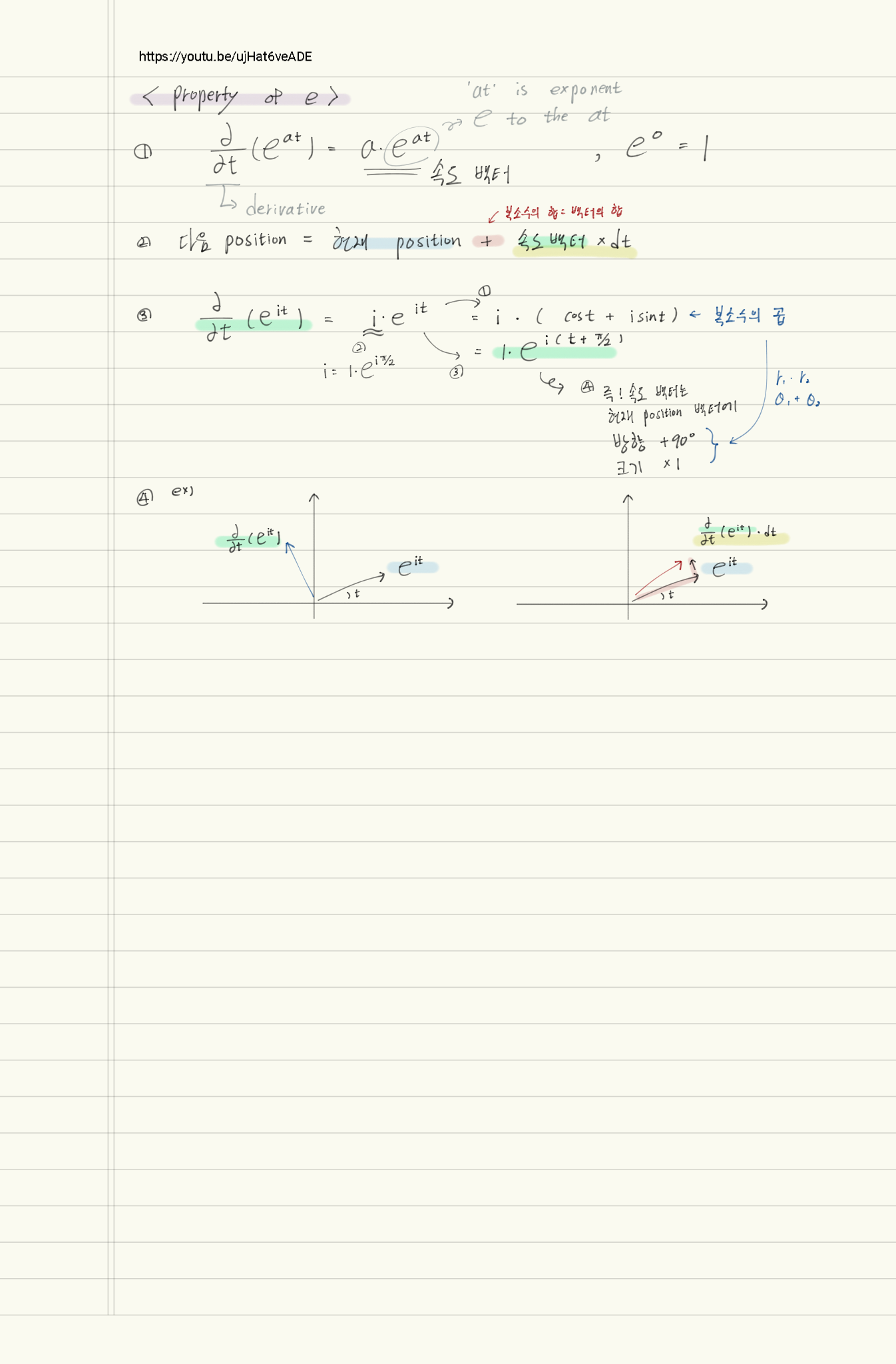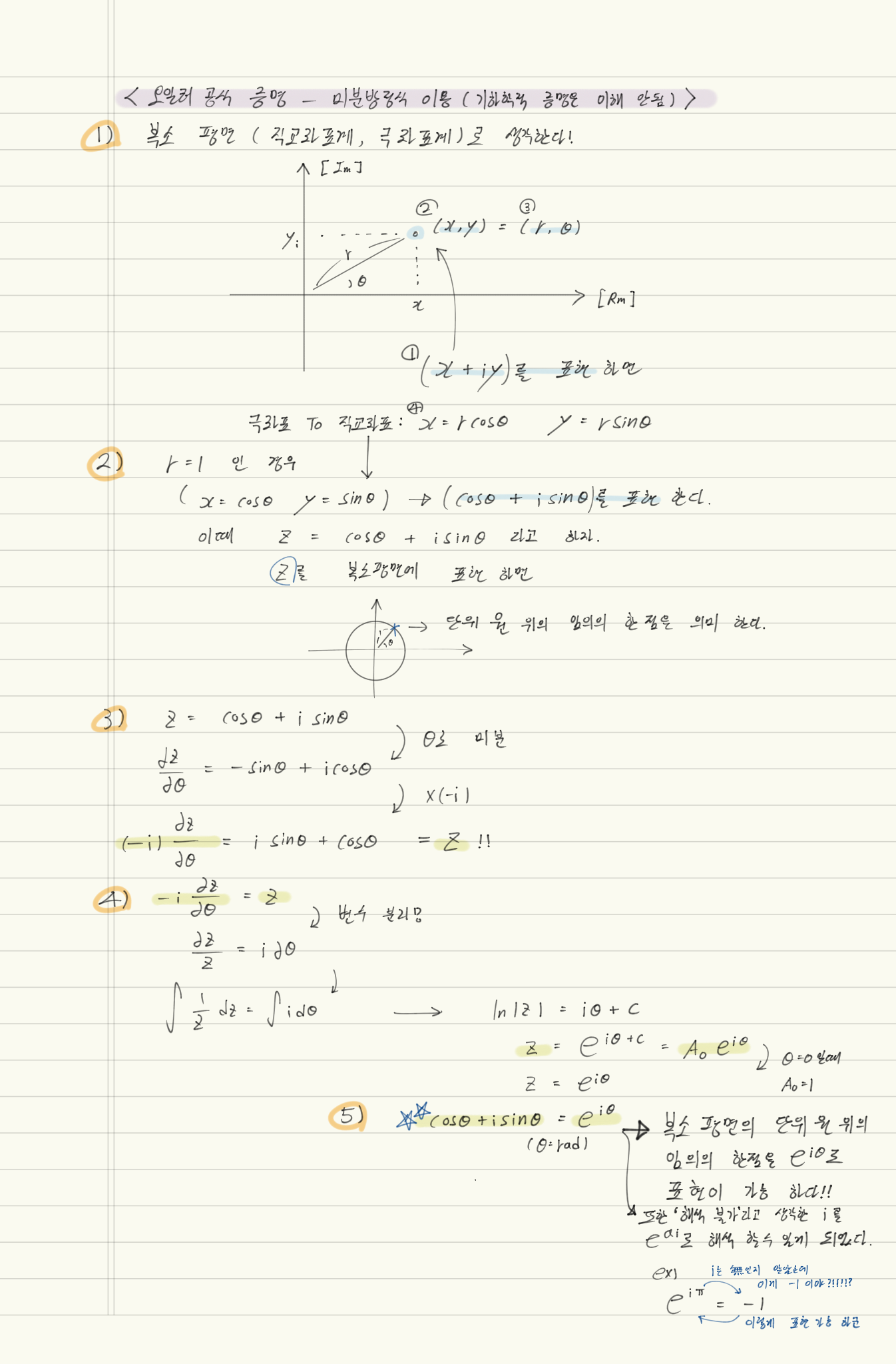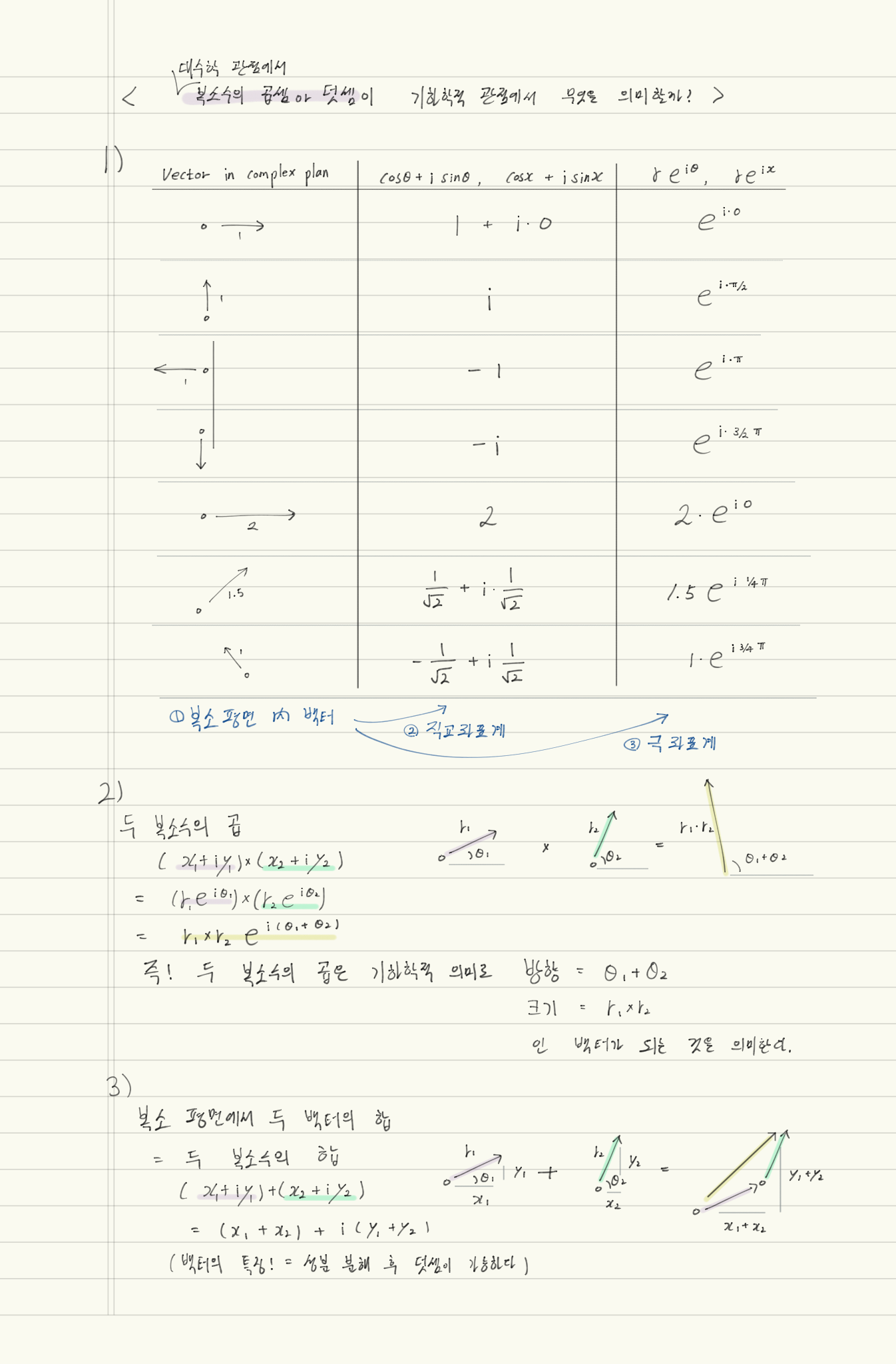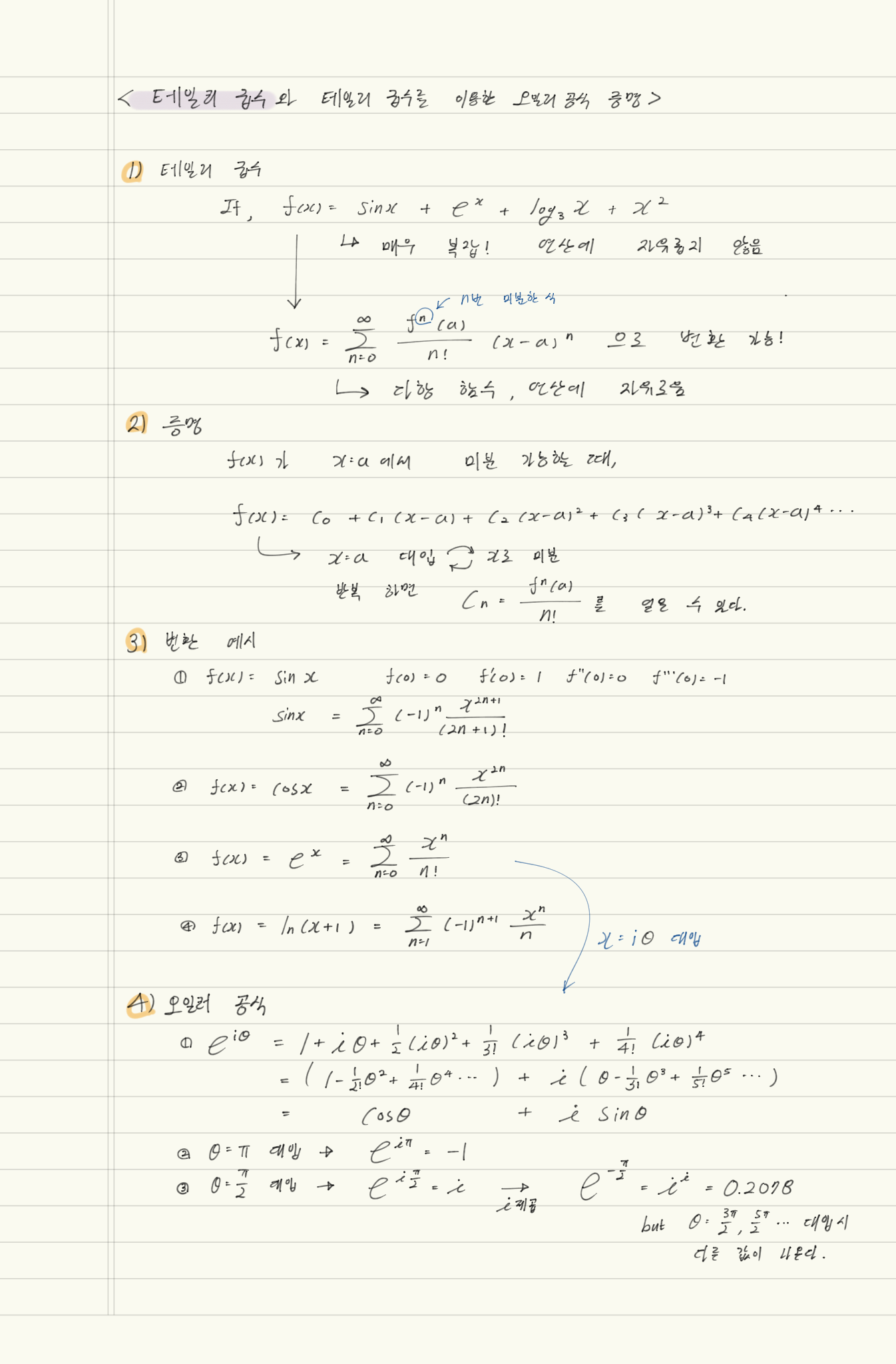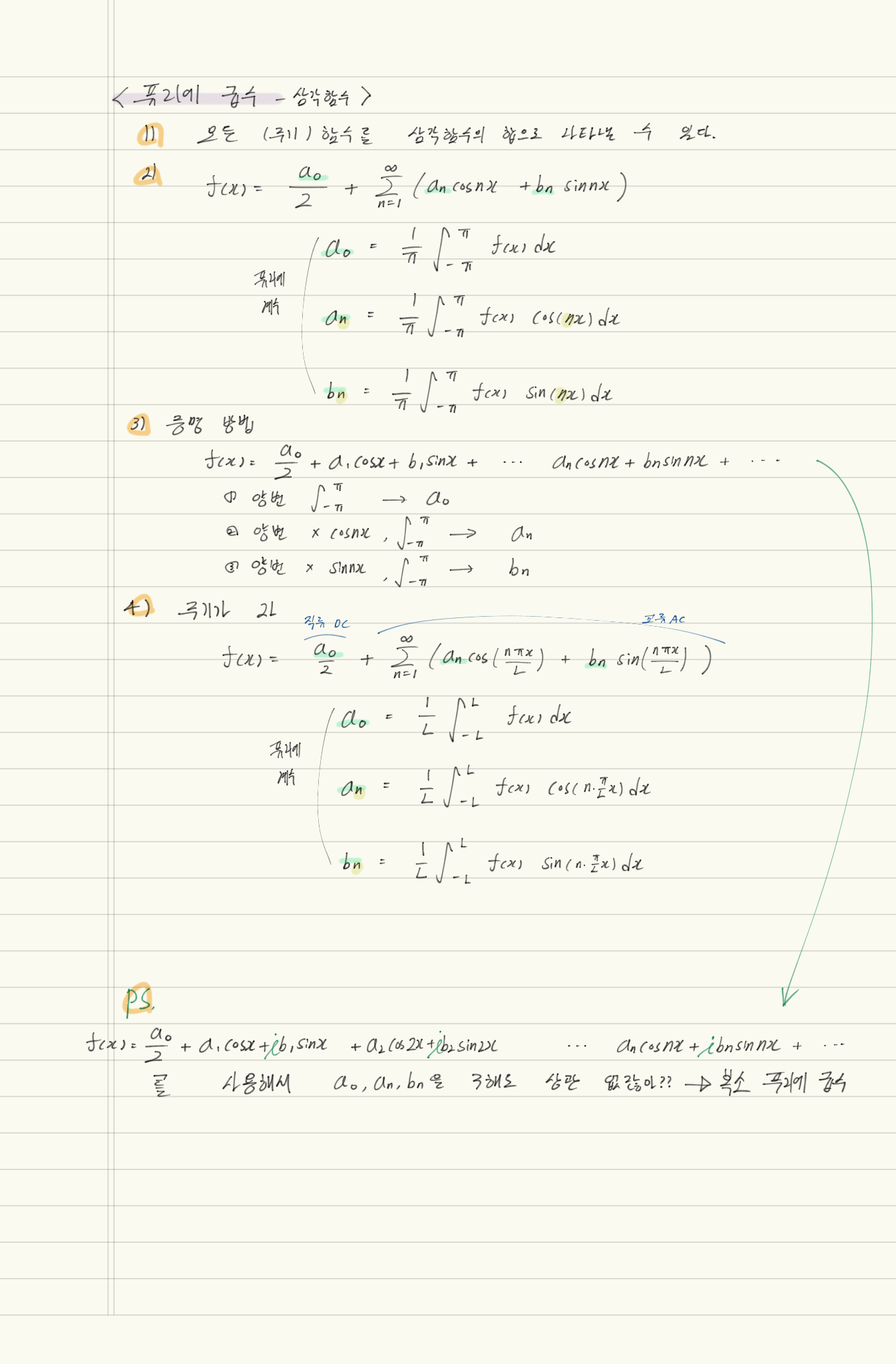【Pytorch Package】 SSD Pytorch Research / Detectron2 & mmdetection short research
Pytorch tuto를 모두 공부하고, 더 깊은 공부를 위해 SSD package를 공부한다.
- SSD package를 가장 먼저 공부하는 이유는, SSD가 신경망 패키지 공부에 가장 쉽겠다고 생각했기 때문이다.
- 무엇으로 공부하지..? 라고 고민을 먼저 했다. 가장 유명한 detection 패키지인 Detectron2, mmdetection으로 공부해볼까 했지만, 그것보다 좀 더 쉬운 하나 detection 패키지만을 먼저 공부해보는게 좋겠다고 생각했다
0. Find Reference Github Code
- amdegroot/ssd.pytorch
- star : 4.1k, Contributors : 9, pytorch version : 1.0.0
- last commit : 19.5 lnitial commit : 17.4
- sgrvinod/a-PyTorch-Tutorial-to-Object-Detection
- star : 1.8k, Contributors : 2, pytorch version : 0.4
- last commit : 20.8 lnitial commit : 18.8
- Great Explanation about basics to SSD details
- lufficc/SSD
- star : 1k, Contributors : 8, pytorch version : 1.4
- last commit : 20.11 lnitial commit : 19.12
- influenced by ssd.pytorch, aim to be the code base (very modular)
I will use lufficc/SSC repo. I think that this is up-to-date repository and developers emphasize this repo is high quality, fast and modular.
- installation
$ cd SSD $ pip install -r requirements.txt $ python setup.py install # or $ pip install . - Colab installation
!git clone https://github.com/lufficc/SSD.git %cd SSD !pip install -r requirements.txt !python setup.py install import ssd.config print(ssd.config.cfg)
Detectron2 & mmdetection short research
- reference
- Detectrion2 에서는 SSD, Yolo 와 같은 detector들은 제공하지 않는다.
- it is important to try building a model at least once from scratch to understand the math behind it.
- detectron2/MODEL_ZOO.md에 보면 제공되는 모델과 그 성능을 확인할 수 있다.
- 이것을 이용해서 pretrain할 때, cs231n-Transfer Learning을 참고하면 좋겠다. 나의 데이터량과 모델의 구조에 따라서 내가 어떤식으로 Transfer Learning을 진행해야하는지 나와있다.
- 아래에 공부하는 lufficc/SSD 또한 detectron2와 거의 유사한 구조를 가지고 있다. 따라서 lufficc/SSD를 적극적으로 공부해도 되겠다 (어차피 detectron2에서 SSD를 제공하지 않으므로)
- 하지만! mmdetection에서 SSD를 제공한다. 따라서 lufficc/SSD는 최대한 빠르게 넘어가고, mmdetection으로 넘어가는게 좋을 듯하다. mmdetection에서는 detection2보다 상대적으로 아주 많은 모델을 제공한다. 모델 비교는 아래의 링크에서 확인 가능 하다.
- detectron2와 mmdetection을 공부하기 전 논문을 읽어도 좋을 것 같다. 한글 블로그 정리 글도 많으니 참고하면 좋을 듯.
- 따라서 앞으로 공부순서는 아래와 같다.
- lufficc/SSD
- mmdetection의 SSD
- detectrion의 fasterRCNN
- detectron2/projects를 보면 [DeepLab, DensePose, Panoptic-DeepLab, PointRend, TensorMask, TridentNet] 와 같은 읽기만 해도 멋진 Detector or Segmentation 모델, 논문이 있으니 이것들을 공부해도 좋을 듯 하다.
- 특히 mmdetection에 대해서는 나중에 추가적으로 더 공부.
1. Analysis of lufficc/SSD
- 독자적으로 사용하는 pypi 패키지가 2개 있다.
- yacs : config파일을 다루기 쉽게, CN()이라는 자체적은 클래스를 제작해놓음. 아래와 깉이 디렉토리 구조로 내용을 담고 있다.
DATASETS: TEST: () TRAIN: () DATA_LOADER: NUM_WORKERS: 8 PIN_MEMORY: True INPUT: IMAGE_SIZE: 300 PIXEL_MEAN: [123, 117, 104] - vizer : 이미지에 vizualization을 해주는 툴을 직접 개발해 놓음. 이미지와 box좌표, 이미지와 mask좌표가 있다면 그걸로 이미지에 그림을 그려 시각화를 해줌.
- yacs : config파일을 다루기 쉽게, CN()이라는 자체적은 클래스를 제작해놓음. 아래와 깉이 디렉토리 구조로 내용을 담고 있다.
- VOC와 COCO data를 직접 다운
- 과거에 정리해둔 Datasets 정리 포스트를 보고 파일 다운로드
- 그리고 export 설정으로 우분투 터미널에게 path를 알려줘야 한다.
- 경로 설정 까지 완료 (코랩 ssd_package_setup.ipynb 파일 참조)
- 그 후, 코드 공부 순서는 다음과 같다
- Demo
- $ python demo.py –config-file configs/vgg_ssd300_voc0712.yaml –images_dir demo –ckpt https://github.com/lufficc/SSD/releases/download/1.2/vgg_ssd300_voc0712.pth
- Single GPU training
- $ python train.py –config-file configs/vgg_ssd300_voc0712.yaml
- Single GPU evaluating
- $ python test.py –config-file configs/vgg_ssd300_voc0712.yaml
- Demo
2. Package Github Exploration
- file Tree
📦SSD ┣ 📂configs ┃ ┣ 📜efficient_net_b3_ssd300_voc0712.yaml ┃ ┣ 📜mobilenet_v2_ssd320_voc0712.yaml ┃ ┣ 📜mobilenet_v3_ssd320_voc0712.yaml ┃ ┣ 📜vgg_ssd300_coco_trainval35k.yaml ┃ ┣ 📜vgg_ssd300_voc0712.yaml ┃ ┣ 📜vgg_ssd512_coco_trainval35k.yaml ┃ ┗ 📜vgg_ssd512_voc0712.yaml ┣ 📂demo ┃ ┣ 📜000342.jpg ┃ ┣ 📜000542.jpg ┃ ┣ 📜003123.jpg ┃ ┣ 📜004101.jpg ┃ ┗ 📜008591.jpg ┣ 📂figures ┃ ┣ 📜004545.jpg ┃ ┣ 📜losses.png ┃ ┣ 📜lr.png ┃ ┗ 📜metrics.png ┣ 📂outputs ┃ ┗ 📜.gitignore ┣ 📂ssd ┃ ┣ 📂config ┃ ┃ ┣ 📜defaults.py ┃ ┃ ┣ 📜path_catlog.py ┃ ┃ ┗ 📜__init__.py ┃ ┣ 📂data ┃ ┃ ┣ 📂datasets ┃ ┃ ┃ ┣ 📂evaluation ┃ ┃ ┃ ┃ ┣ 📂coco ┃ ┃ ┃ ┃ ┃ ┗ 📜__init__.py ┃ ┃ ┃ ┃ ┣ 📂voc ┃ ┃ ┃ ┃ ┃ ┣ 📜eval_detection_voc.py ┃ ┃ ┃ ┃ ┃ ┗ 📜__init__.py ┃ ┃ ┃ ┃ ┗ 📜__init__.py ┃ ┃ ┃ ┣ 📜coco.py ┃ ┃ ┃ ┣ 📜voc.py ┃ ┃ ┃ ┗ 📜__init__.py ┃ ┃ ┣ 📂transforms ┃ ┃ ┃ ┣ 📜target_transform.py ┃ ┃ ┃ ┣ 📜transforms.py ┃ ┃ ┃ ┗ 📜__init__.py ┃ ┃ ┣ 📜build.py ┃ ┃ ┗ 📜__init__.py ┃ ┣ 📂engine ┃ ┃ ┣ 📜inference.py ┃ ┃ ┣ 📜trainer.py ┃ ┃ ┗ 📜__init__.py ┃ ┣ 📂layers ┃ ┃ ┣ 📜separable_conv.py ┃ ┃ ┗ 📜__init__.py ┃ ┣ 📂modeling ┃ ┃ ┣ 📂anchors ┃ ┃ ┃ ┣ 📜prior_box.py ┃ ┃ ┃ ┗ 📜__init__.py ┃ ┃ ┣ 📂backbone ┃ ┃ ┃ ┣ 📂efficient_net ┃ ┃ ┃ ┃ ┣ 📜efficient_net.py ┃ ┃ ┃ ┃ ┣ 📜utils.py ┃ ┃ ┃ ┃ ┗ 📜__init__.py ┃ ┃ ┃ ┣ 📜mobilenet.py ┃ ┃ ┃ ┣ 📜mobilenetv3.py ┃ ┃ ┃ ┣ 📜vgg.py ┃ ┃ ┃ ┗ 📜__init__.py ┃ ┃ ┣ 📂box_head ┃ ┃ ┃ ┣ 📜box_head.py ┃ ┃ ┃ ┣ 📜box_predictor.py ┃ ┃ ┃ ┣ 📜inference.py ┃ ┃ ┃ ┣ 📜loss.py ┃ ┃ ┃ ┗ 📜__init__.py ┃ ┃ ┣ 📂detector ┃ ┃ ┃ ┣ 📜ssd_detector.py ┃ ┃ ┃ ┗ 📜__init__.py ┃ ┃ ┣ 📜registry.py ┃ ┃ ┗ 📜__init__.py ┃ ┣ 📂solver ┃ ┃ ┣ 📜build.py ┃ ┃ ┣ 📜lr_scheduler.py ┃ ┃ ┗ 📜__init__.py ┃ ┣ 📂structures ┃ ┃ ┣ 📜container.py ┃ ┃ ┗ 📜__init__.py ┃ ┣ 📂utils ┃ ┃ ┣ 📜box_utils.py ┃ ┃ ┣ 📜checkpoint.py ┃ ┃ ┣ 📜dist_util.py ┃ ┃ ┣ 📜logger.py ┃ ┃ ┣ 📜metric_logger.py ┃ ┃ ┣ 📜misc.py ┃ ┃ ┣ 📜model_zoo.py ┃ ┃ ┣ 📜nms.py ┃ ┃ ┣ 📜registry.py ┃ ┃ ┗ 📜__init__.py ┃ ┗ 📜__init__.py ┣ 📜demo.py ┣ 📜DEVELOP_GUIDE.md ┣ 📜requirements.txt ┣ 📜setup.py ┣ 📜test.py ┣ 📜train.py
- ssd/modeling/detector
- ssd/modeling에는 아래와 같은 신경망 구성 요소를 nn.module로 구현해놓은 파일이 있다.
- anchors
- backbone
- box_head
- ssd_detector.py 에서 nn모듈”SSDDetector”을 return 해줌.
- SSDDetector는 아주 짧은 nn모듈이며, 아래의 2 모듈을 사용
- from ssd.modeling.backbone import build_backbone
- from ssd.modeling.box_head import build_box_head
- SSDDetector는 아주 짧은 nn모듈이며, 아래의 2 모듈을 사용
- 따라서 신경망 구현에 대한 정확한 코드를 보고 싶다면, 위의 3개의 폴더 내부의 파일들을 봐야한다.
- 이 폴더 내부 파일에 대해서는 아래의 큰 chapter로 다시 다룰 예정
- ssd/modeling에는 아래와 같은 신경망 구성 요소를 nn.module로 구현해놓은 파일이 있다.
- ssd/utils
- checkpoint.py import CheckPointer : ckpt의 링크에서 모델 paramerter를 다운받고, 나의 신경망에 넣는 함수
- model_zoo 파일로 가서, pth파일을 download하고 받은 cached_file을 return받는다.
- torch.load 함수를 사용한다.
- model_zoo.py
- torch.hub 모듈을 사용한다.
- 이 모듈에는 download_url_to_file/ urlparse/ HASH_REGEX 와 같은 함수가 있다.
- 나의 신경망 파라미터를 pht파일로 저장하고, 그것을 github에 올려놓고 누군가가 나의 신경망 파라미터를 사용할 수 있게 하려면, 이 torch.hub모듈을 사용해야겠다.
- registry.py
- registry - 모듈을 config의 dictionary구조처럼 저장해 놓고, 쉽게 불러와 사용할 수 있게 해놓은 툴.
- 이와 같이 사용함
# ssd/modeling/backbone/vvg.py @registry.BACKBONES.register('vgg') def vgg(cfg, pretrained=True): model = VGG(cfg) # 같은 파일에서 정의한 클래스 if pretrained: model.init_from_pretrain(load_state_dict_from_url(model_urls['vgg'])) return model # ssd/modeling/backbone/__init__.py def build_backbone(cfg): return registry.BACKBONES[cfg.MODEL.BACKBONE.NAME](cfg, cfg.MODEL.BACKBONE.PRETRAINED) - 또는 이와 같이 사용됨.
# ssd/modeling/box_head/vvg.py @registry.BOX_HEADS.register('SSDBoxHead') class SSDBoxHead(nn.Module): def __init__(self, cfg): super().__init__() self.cfg = cfg self.predictor = make_box_predictor(cfg) self.loss_evaluator = MultiBoxLoss(neg_pos_ratio=cfg.MODEL.NEG_POS_RATIO) self.post_processor = PostProcessor(cfg) self.priors = None # ssd/modeling/box_head/__init__.py def build_box_head(cfg): return registry.BOX_HEADS[cfg.MODEL.BOX_HEAD.NAME](cfg) - registry에 모듈을 저장해두고, config에 적혀있는데로, 각각의 상황마다 각각의 모듈을 호출하기 쉽게 만들어 놓음. switch문이나 if문을 여러개써서 어떤 boakbone을 string으로 입력했는지 확인하는 작업이 필요없다.
- 어려울 것 없고, 이 registry도 하나의 dictionary이다. 전체 코드에서는 dict{dict, dict, dict, dict …} 와 같은 구조로 사용 중.
- checkpoint.py import CheckPointer : ckpt의 링크에서 모델 paramerter를 다운받고, 나의 신경망에 넣는 함수
- ssd/data/transforms
- transforms.py -torchvision.transfoms 에 있을 법한 함수들이 직접 만들어져 있다.
- Ex) resize, ToTensor, RandomFlip.. 과 같은 클래스들이 직접 구현되어 있다.
- 특히 compose 또한 직접 구현해놓았다.
- 위의 클래스들은 모두 __call__(parameters) 들이 구현되어 있다. def과 다르게 class로 만들어 놓은 클래스는 call을 정의해야만, 함수 포인터로써 클래스를 사용할 수 있다. 예를 들어 아래와 같이 사용이 가능하다.
class ToTensor(object): def __call__(self, cvimage, boxes=None, labels=None): return torch.from_numpy(cvimage.astype(np.float32)).permute(2, 0, 1), boxes, labels transform = [RandomSampleCrop(), RandomMirror(), ToTensor()] transform = Compose(transform) return transform
__init__.py :
- build_transforms, build_target_transform 와 같은 함수들이 정의되어 있고, 다른 파일에서 이 함수만 사용함으로써 쉽게 transform을 수행할 수 있다.
- transforms.py -torchvision.transfoms 에 있을 법한 함수들이 직접 만들어져 있다.
- SSD/ssd/data
- ssd/data/datasets/coco.py & SSD/dataset/voc.py 각 데이터 셋을 사용하기 위한 함수들이 잘 정의되어 있다.
- Readme.md에 있는 data directory 구조를 똑같이 사용한다면, 나중에도 사용 가능!
- terminal 필수
$ VOC_ROOT="/path/to/voc_root" $ export COCO_ROOT="/path/to/coco_root" - export한 정보는 아래와 같이, os.environ 함수를 사용해 호출 될 수 있다.
# SSD/train.py num_gpus = int(os.environ["WORLD_SIZE"]) if "WORLD_SIZE" in os.environ else 1 voc_root = os.environ['VOC_ROOT'] coco_root = os.environ['COCO_ROOT']
ssd/data/datasets/build.py & SSD/dataset/__init__.py
- build.py : make_data_loader라는 함수가 정의되어 있고, from torch.utils.data.dataloader import default_collate 를 사용해서, 거의 직접 dataloader를 구현해 놓았다.
- ssd/data/datasets/coco.py & SSD/dataset/voc.py 각 데이터 셋을 사용하기 위한 함수들이 잘 정의되어 있다.
3. Analysis of lufficc/SSD/demo.py
$ python demo.py \ --config-file configs/vgg_ssd300_voc0712.yaml \ --images_dir demo \ --ckpt https://github.com/lufficc/SSD/releases/download/1.2/vgg_ssd300_voc0712.pth $ python demo.py \ --config-file configs/vgg_ssd512_voc0712.yaml \ --images_dir demo \ --ckpt https://github.com/lufficc/SSD/releases/download/1.2/vgg_ssd512_voc0712.pth- def main()
- argparse 나의 포스트
- load config file that include info like num_classes, Dataset…
- print
Loaded configuration file configs/vgg_ssd300_voc0712.yaml MODEL: NUM_CLASSES: 21 INPUT: IMAGE_SIZE: 300 ...
- def run_demo(cfg, ckpt, score_threshold, images_dir, output_dir, dataset_type)
- @torch.no_grad() : decorator, Because it define __enter__, __exit__ on code here.
- model = build_detection_model(cfg)
- modeling/detector/__inti__.py에서 modeling/deector/ssd_detector.py의 nn모듈”SSDDetector”을 return 해줌
- 이 모듈의 전체 신경망 코드는 나중에 공부.
- ssd.utils.checkpoint import CheckPointer 로 신경망 파라메터 load.
- transforms = build_transforms(-> compose([transforms]))
- glob.glob(directory_path) == os.listdir(directory path)
- for i, image_path in enumerate(image_paths : list of images_path):
- os.path.basename : 마지막 파일명만 return (‘Module’ Research 참고)
- result = model(images.to(device))[0]
- boxes, labels, scores = result[‘boxes’], result[‘labels’], result[‘scores’]
- drawn_image = draw_boxes(image, boxes, …)
- Image.fromarray(drawn_image).save(path)
4. Analysis of lufficc/SSD/ssd/modeling
- SSD/ssd/modeling/backbone/vvg.py
- class vvg16(nn.module)
- input(300x300,500x500) 따라서 많은 convd2d, relu, Maxpooling 등을 처리해나간다.
- 3개의 feature이 returm되며, features = [(1024,w,h),(512,w/2,h/2),(256,w/4,h/4)] 이다. (정확하지 않다.)
- class vvg16(nn.module)
- SSD/ssd/modeling/box_head/box_head.py
- class SSDBoxHead(nn.Module)
- 여기에서 많은 모듈을 사용한다
from ssd.modeling.anchors.prior_box import PriorBox (1) from ssd.modeling.box_head.box_predictor import make_box_predictor from ssd.utils import box_utils from .inference import PostProcessor (2) from .loss import MultiBoxLoss - 하나하나 간략이 알아가보자.
- self.predictor = make_box_predictor(cfg)
- cls_logits, bbox_pred = self.predictor(features)
- cls_logits, bbox_pred : 모든 class에 대한 점수값, 이미지에서 bbox의 의미를 return한다.
- conv2d만을 사용해서 최종결과를 반환한다. 생각보다 softmax 이런거 안하고 생각보다 단순하게 conv2d를 반복해서 적용하여, 마지막에 가져야할 tensor size에 맞춘다.
- 그렇게 적당한 크기에 맞춰진 cls_logits, bbox_pred가 return 되는 것이다
- self.loss_evaluator = MultiBoxLoss(neg_pos_ratio=cfg.MODEL.NEG_POS_RATIO)
gt_boxes, gt_labels = targets['boxes'], targets['labels'] reg_loss, cls_loss = self.loss_evaluator(cls_logits, bbox_pred, gt_labels, gt_boxes)- 코드에서 위와 같이 사용된다. 즉 ground true와 비교해서 regressing_loss와 class_loss를 계산하게 된다.
- class MultiBoxLoss(nn.Module)의 forward에서 loss함수를 정의했다.
classification_loss = F.cross_entropy(confidence.view(-1, num_classes), labels[mask], reduction='sum') smooth_l1_loss = F.smooth_l1_loss(predicted_locations, gt_locations, reduction='sum') return smooth_l1_loss / num_pos, classification_loss / num_pos- 이와 같이 우리가 흔히 아는, torch.nn.functional.Fcross_entropy, torch.nn.functional.smooth_l1_loss 함수를 사용한 것을 볼 수 있다.
- 앞으로 코드는 이 loss를 줄이기 위해 노력할 것이다. 그렇다면 cls_logits, bbox_pred가 self.predictor(features)에 의해서 더욱 정확하게 나오기 위해 노력할 것이다.
- 코드 전체에서 forward만 잘 구현해 놓음으로써 이렇게 자동으로 backpropagation이 이뤄지고, 신경망 내부의 모든 weight, bias가 갱신되게 만들어 놓았다. 막상 backward까지 직접 구현하는 코드는 많이 없는듯 하다.
- self.post_processor = PostProcessor(cfg)
- self.priors = None
- 위의 3,4는 inference를 위한 코드이다. 나중에 필요하면 보자.
- 지금은 빨리 mmdetection구조를 알아가고 싶다.
- 코드 구조와 모듈들 알아가는게 너무 재미있다.
- 이제 torch layer가 구현되는 코드는 완전히 이해가 가능하다. 모르는 것도 없고, 모르면 금방 찾을 수 있겠다.
- self.predictor = make_box_predictor(cfg)
- 그래서 결국에는 아래와 같은 값을 return 한다.
- train 과정에서는 tuple(detections, loss_dict)
- test 과정에서는 tuple(detections, {})
- 이때, detections = (cls_logits, bbox_pred)
- 그리고, loss_dict = 위의 regressing_loss와 class_loss가 dictionary 형태로 return 된다.
- SSD/ssd/modeling/detector/ssd_detector.py
- 위의 2개의 큰 모듈을 modeling/backbone, modeling/boxhead를 사용하는 간단한 코드
class SSDDetector(nn.Module): def __init__(self, cfg): super().__init__() self.cfg = cfg self.backbone = build_backbone(cfg) self.box_head = build_box_head(cfg) def forward(self, images, targets=None): features = self.backbone(images) detections, detector_losses = self.box_head(features, targets) if self.training: return detector_losses return detections- 여기서 신기한건, train하는 과정에서 detection결과(cls_logits, bbox_pred)는 아에 버려진다. 왜냐면 이미, loss 계산을 마쳤으니까!!
5. Analysis of lufficc/SSD/train.py
- 시작 하기 전에
- 처음 보는 pypi 모듈이라고 하더라도, 쫄지말고 공부하자.
- 앞으로 mmdetection, detectron2에서 더 모르는 모듈이 많이 나올텐데, 이 정도로 쫄면 안된다.
- SSD package 부시기로 했는데, 내가 부셔지면 안되지!! 화이팅!
- main()
- import torch.distributed
- GPU가 2개 이상일 때 사용하는 코드이다. 데이터 병렬처리 작업을 하고 싶으면 공부해서 사용하면 된다.
- Official document
- Data Parallel Tutorial : 나의 상황(single-device training, single-machine multi-GPU)에 따라서 torch에서 추천해주는 모듈을 사용하면 된다.
- 코드 제작자는 print를 절대 사용하지 않는다. logger를 사용해서 terminal에 출력!
- model = train(cfg, args)
- import torch.distributed
- train(cfg, args):
- optimizer, scheduler 정의
- from ssd.solver.build import make_optimizer, make_lr_scheduler
- from ssd.solver.build 에는 optimizer, lr_scheduler 가 정의되어 있다. (별거 없음)
- optimizer = torch.optim.SGD(model.parameters(), lr=lr, … )
- LRscheduler = torch.optim.lr_scheduler(optimizer, last_epoch)
- checkpointer = CheckPointer(model, optimizer, scheduler, cfg.OUTPUT_DIR, save_to_disk, logger)
- ssd/utils/checkpoint.py : 모델을 학습시키는 중간중간, model, optimizer, scheduler를 save, load하는 함수가 def 되어 있다.
- data = {‘model’: ~ ,’optimizer’: ~ ,’scheduler’: ~ } 이와 같이 dict으로 저장한다음, torch.save(data, “{}.pth 형식의 paht”)로 저장하면 된다.
- model = do_train(cfg, model, train_loader, optimizer, scheduler, checkpointer, device, arguments, args)
- optimizer, scheduler 정의
- do_train (ssd/engine/trainer.py)
- torchvision을 만들기
- dataloder에서 data 가져오기
- 파라메터 갱신하기
summary_writer = SummaryWriter(log_dir=os.path.join(cfg.OUTPUT_DIR, 'tf_logs')) for iteration, (images, targets, _) in enumerate(data_loader, start_iter): loss_dict = model(images, targets=targets) loss = sum(loss for loss in loss_dict.values()) optimizer.zero_grad() loss.backward() optimizer.step() scheduler.step() if iteration % args.log_step == 0: logger.info( # 현재 학습 상태 출력 summary_writer.add_scalar- MAX_ITER = ephch: 160000 정도로 설정되었지만, 그래도 아마 scheduler에 의해서 조기 학습 종료도 가능할 듯 싶다.
6. Analysis of lufficc/SSD/inferene.py
- pass
7. summary
- 지금까지의 과정을 통해서 lufficc/SSD을 이용해서 아래와 같은 것을 알아보았다.
- 어떻게 구성되어 있는지
- 각각의 파일들은 대충 어떤 역할을 하는지
- 파일들이 서로 어떻게 호출되고, 어떻게 사용되는지
- 다음에 이런 방식으로 모듈화 되어 있는 패키지를 어떻게 사용해야 할지
- 분명 지금은 코드를 한줄한줄 정확히 알고, 코드 한줄을 지나면 데이터들의 형태나 타입이 어떻게 되는지 확인해보지는 않았다.
- 지금은 당장 사용할 것도 아닌데 그렇게 까지 코드를 공부할 필요는 없다고 생각했다. 차라리 detectron2 혹은 mmdetection의 내부 코드들을 하나하나 씹어 먹는게 낫지 굳이 이거는 그냥 꿀덕꿀덕 삼키는 식으로 공부했다.
- 이 과정을 통해서, 패키지를 보고 탐구하는 것에 대한 두려움이 사라졌다.
- 패키지 내부의 코드를 부셔버려야지, 내가 맨붕와서 부셔지면 안된다. 라는 것을 깨달았다.
- 이와 같은 방식으로 탐구해 나간다면, 어떤 패키지와 코드를 만나든, 잘 분석할 수 있겠다.
- 추가로!! 다음에 정말 정확히 분석해야할 패키지가 생긴다면, 아래와 같은 작업을 꼭 하자.
- 원하는 모듈만 import해서, 직접 함수나 클래스를 사용해보거나
- 디버깅을 해서, 데이터 흐름이 어떻게 되는지 정확하게 뜯어보거나
- 직접 코드 전체를 가지고 학습이나, inference를 해보거나
- 즉. 눈으로만 코드 보지말고, 직접 코드를 실행해보고 확인해보자!!

